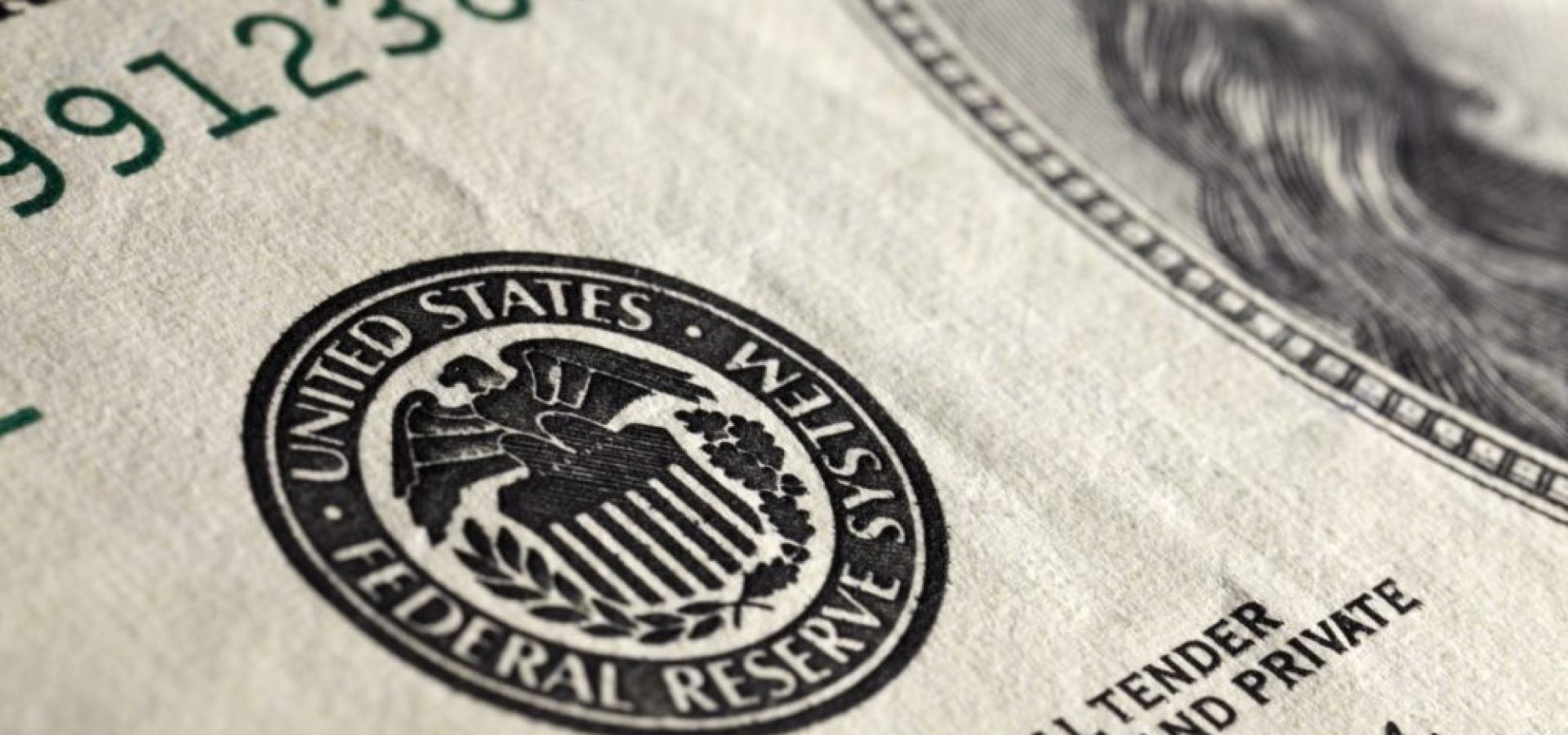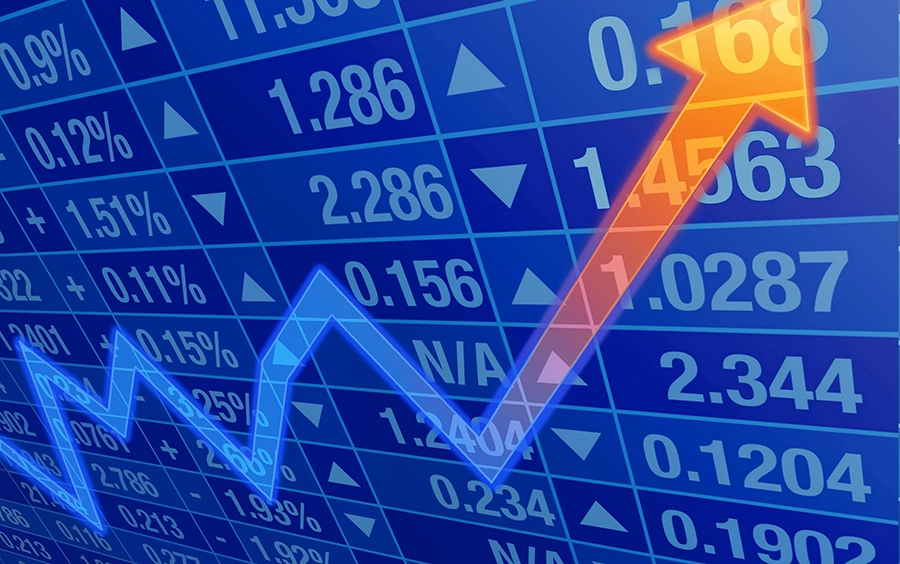The U.S. currency was up but remained below its recent highs on Wednesday morning in Asia. The dollar rose on Wednesday morning thanks to ripple effects from the crackdown in China and caution ahead of the Federal Reserve’s latest policy decision.
The dollar index that tracks the U.S. currency against a basket of other main currencies rose 0.06% to 92.493.
The USD/JPY pair gained 0.03% to 109.80. The yen rose about 0.5% against the greenback during the previous session to hit a one-week high. The Swiss franc and euro also recorded small gains. All of them held onto those gains as the Asian session opened, with the euro last trading at $1.1819, which capped gains for the dollar.
The yuan fell towards a three-month low against the greenback after recording its worst result since October 2021 on Tuesday. In Hong Kong, the Hang Seng Index also recorded its sharpest selloff in more than a year as concerns regarding the Chinese crackdown remained firmly in place. The crackdown on tech as well as other profitable sectors also saw jitters over the U.S. market on Tuesday.
The USD/CNY pair declined 0.05% to 6.5074 and the GBP/USD pair dropped 0.4% to 1.3868. The British pound surprised the market by jumping through its 20-day moving average during the previous session. The reports that the country is considering opening up its border helped to boost the pound.
The risk-sensitive Australian and New Zealand dollars also suffered losses as investor sentiment took a hit. The AUD/USD pair fell 0.09% to 0.7353 while the NZD/USD pair dropped 0.01% to 0.6955.
Dollar and the Federal Reserve
On Wednesday, investors continued to focus their attention on Chinese shares’ performance as well as the Fed decision. The central bank is expected to announce its decision later in the day.
The Federal Reserve’s unexpected hawkish turn in its previous session in June resulted in a month-long rally for the dollar. Analysts, as well as investors, are closely watching the Fed’s meeting as they would like to learn more about its plans. Should mounting inflationary pressures prompt the central bank to take serious measures sooner than expected, that would give both U.S. rates and the greenback a boost. But another hawkish tone is unlikely, with investors more likely on the lookout for any shifts in tone or emphasis.









COMMENTS